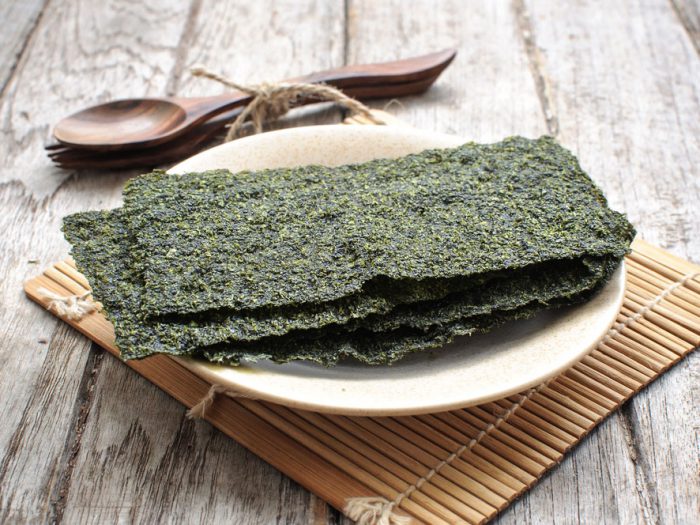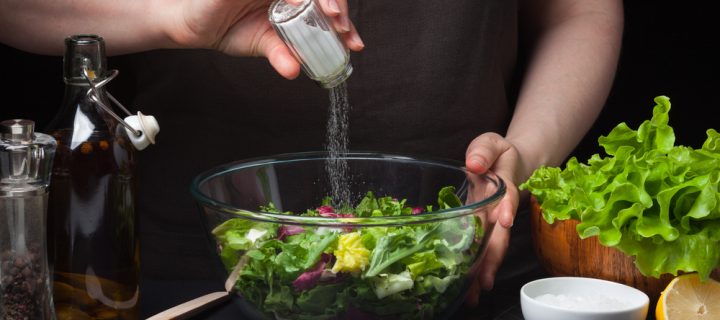If there’s one food ingredient everyone can do without (or at least a little less of) is sodium.
Salt, in particular, is responsible for raising blood pressures, increasing your water retention, and boosting bloat – in other words, it can create a wealth of health problems, both short and long-term.
Reducing salt intake isn’t difficult, in theory – eat less salty foods, and use it sparingly in your cooking.

But that’s easier said than done for many, who won’t sacrifice salty meals for bland ones – it’s like killing taste buds!
Reducing salt intake doesn’t need to come at the expense of taste, however. These four cooking tips will help you keep those sodium levels low, and flavour levels soaring. You can eat well without compromising your health!
Spice it up
If you need to sprinkle something over your dinner, make it spices instead of salt.

Ingredients like black or crushed red pepper, oregano, or salt-free herb and spice mixes can all add a kick to your dish, without kicking your good health in the face.
Bonus: they’re calorie free, meaning you can spice up your meal to desired taste.
Related: This American City is the First to Require Salt Warnings on Restaurant Menus
Add acids
Similar to salt, acidic ingredients can ramp up a meal’s flavours quickly.
Try balsamic or red wine vinegar when you’re eating pasta or salad, or add some citrus zest to grilled chicken for a touch of tang.
Sprinkle on seaweed
This underutilized, underwater plant adds a unique element to any dish, or to savory snacks like popcorn.

Keep an eye out for ‘ground dulse’ in the Asian section on your next grocery store excursion; it’s the dried version of seaweed, used to sprinkle on…well, anything.
Related: Why can’t we resist cheese, ketchup, or bacon?
Mix up your methods
Ingredients are just a part of the picture when it comes to mealtime.
Alternating your cooking techniques can change up the composition and flavours of your dishes. For example, instead of steam veggies, try grilling or slow-cooking them to really intensify their flavours, and transform their texture, too.
Photo credit: VasiliyBudarin/Shutterstock












